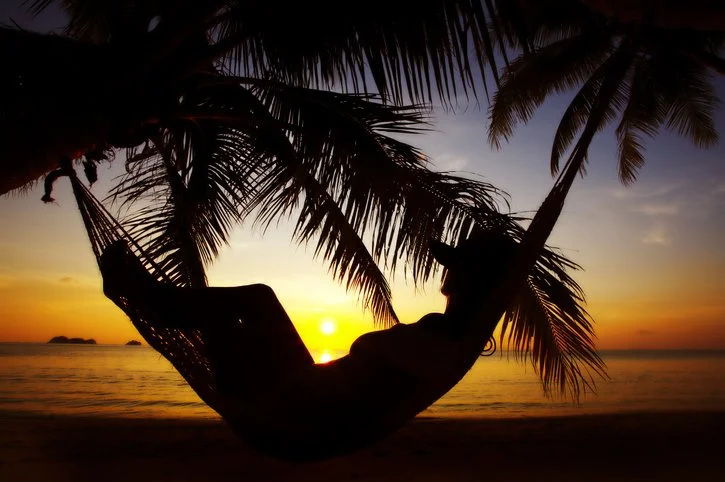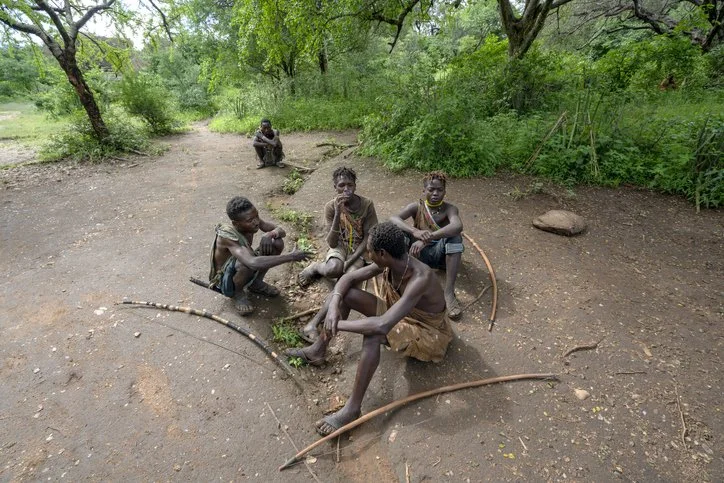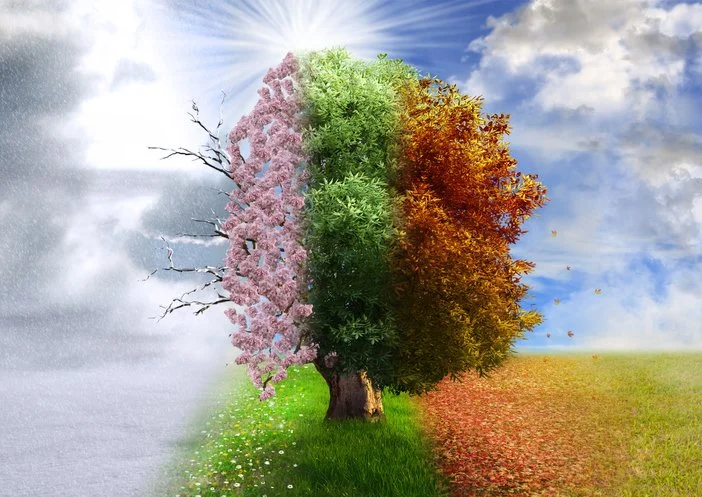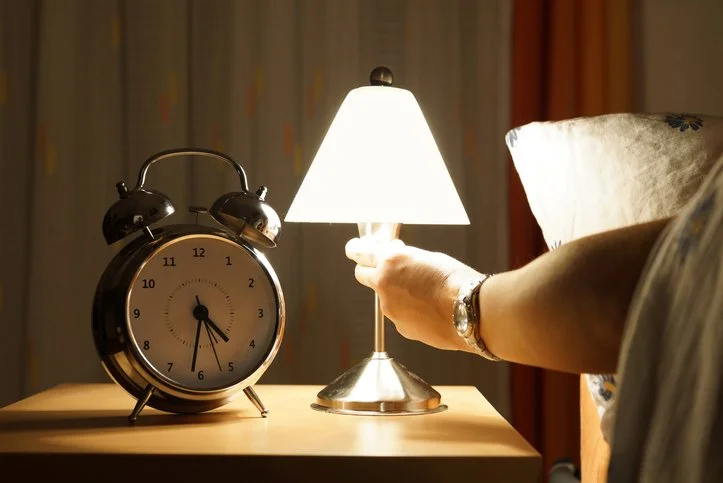We Need Less Sleep Than We Previously Thought, Especially In the Summer
It has been dogma that we need eight hours of sleep. Furthermore, the research shows that we don't get nearly that much. In fact, we miss the mark by almost one to two hours each night. Then comes summer, when we typically sleep one less hour than in winter. For those of us trying to maximize sleep, this all sounds disconcerting. I have encouraging news about newer sleep research that has shed some light on how much sleep we should get each night, especially in the summer.
Many factors in our daily life affect sleep negatively. Work obligations, lengthy commutes, light and noise pollution, and electronic gadgets such as cell phones are just a few examples. It's difficult for researchers to determine the perfect amount of sleep needed due to the complexities of modern life. Most sleep studies have been conducted in recent times, leading to questions about how much sleep early humans required when they were still hunter-gatherers. A research study on contemporary hunter-gatherer communities was published in 2015 but has yet to receive widespread coverage. The authors uncovered several surprising discoveries.
Hunter-gatherers Sleep Like Us
The study conducted by Yetish et al., published in Current Biology, focused on the sleeping patterns of non-industrial human societies. The research analyzed the sleep-wake behaviors of three societies, namely the Hadza from Tanzania, the San from Namibia, and Tsimané from Bolivia, who are separated from us genetically, geographically, and historically. Based on data from wearable sleep trackers, the researchers found that the Hadza, San, and Tsimané tribes all slept for a similar duration each night, with an average of 6.4 hours and a range of 5.7-7.1 hours. The sleep patterns observed in non-industrial societies may reflect the natural human sleep cycle. Therefore, it could be that modern societies are not as lacking in sleep as commonly believed. The fact that different societies have consistent sleep patterns indicates that the body's circadian clock strongly influences our sleep-wake behavior. However, this consistency does not necessarily require the presence of light, as wake-up times before sunrise remain consistent.
Seasonal Sleep Patterns
The researchers observed that sleep patterns in their subjects were affected by seasonal changes. In the summer, the subjects slept approximately 55 minutes less per day than in the winter, highlighting that human sleep is a flexible behavior that can adjust to different environmental and living conditions. Similarly, animals exhibit adaptable sleep patterns by reducing sleep activity to care for their offspring, migrate, or engage in mating.
Sleep, Light, and Ambient Temperature
It was also discovered that the three groups all tended to fall asleep roughly three hours after sunset and wake up around the same time each morning, usually just before sunrise. Temperature recordings indicate that sleep usually began as the air temperature dropped and ended when it hit its lowest point just before dawn. They concluded that temperature may be more important than light for our innate sleep cycles, but more research is needed. I have written about sleep and body temperature here.
Conclusion
It is comforting that we need less sleep than previously believed. Even better, we need almost one less hour in the summer. We should all try to maximize our sleep, which we have seen in this post, is variable. For instance, we tend to sleep more when ill. Good sleep depends on consistent bedtime, darkness, lower temperature, and quiet. For more information, see this post. Finally, even though we sleep similarly to hunter-gatherers, the groups studied rarely complained of insomnia. The sleep trackers did not study the phases of sleep their subjects experienced. It would be nice to know if there is a difference in the kind of sleep we get versus the groups studied.
Reference
Yetish G, Kaplan H, Gurven M, Wood B, Pontzer H, Manger PR, Wilson C, McGregor R, Siegel JM. Natural sleep and its seasonal variations in three pre-industrial societies. Curr Biol. 2015 Nov 2;25(21):2862-2868. doi: 10.1016/j.cub.2015.09.046. Epub 2015 Oct 17. PMID: 26480842; PMCID: PMC4720388.



